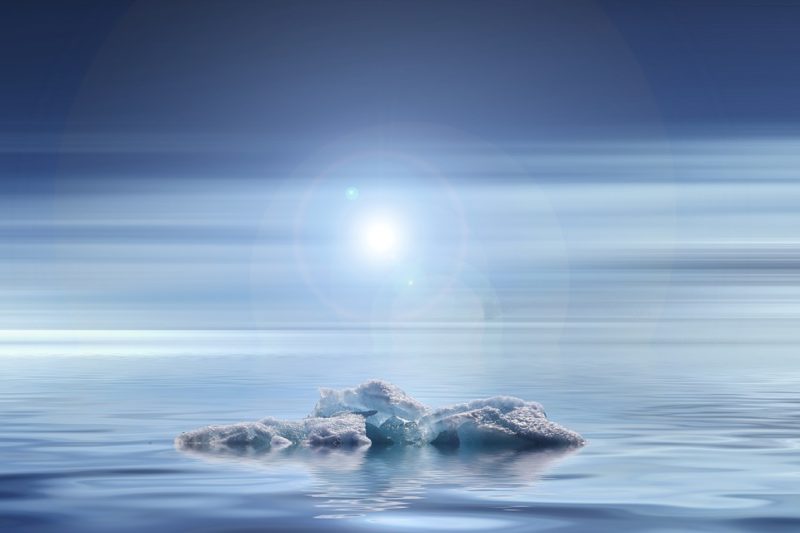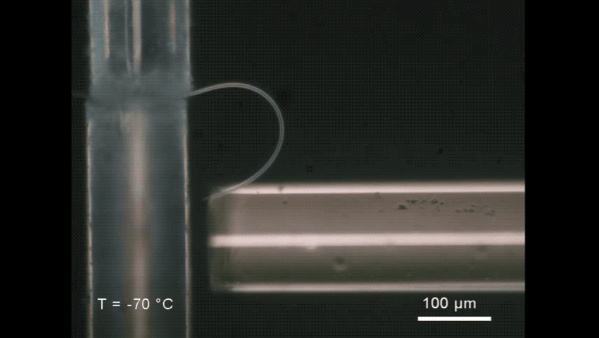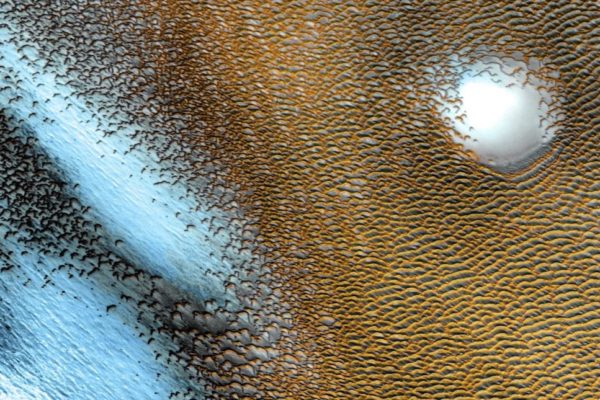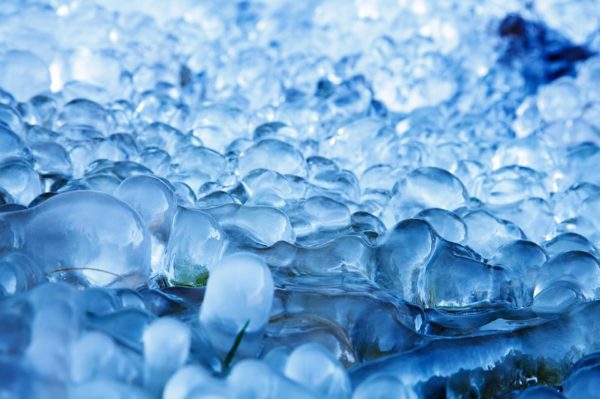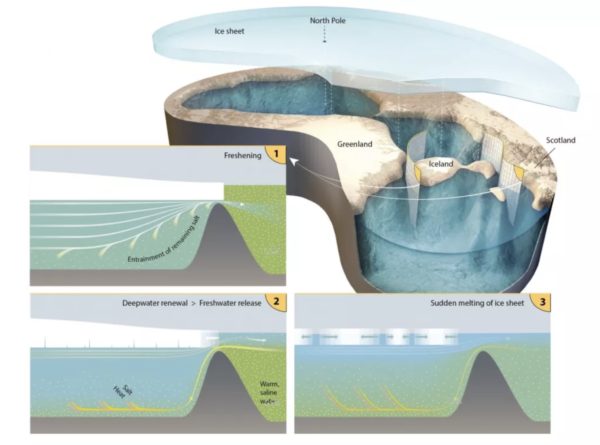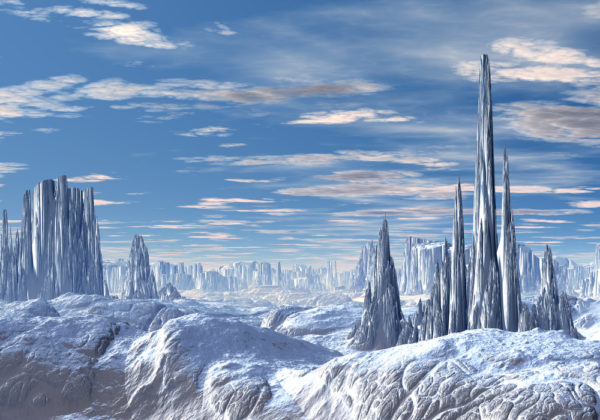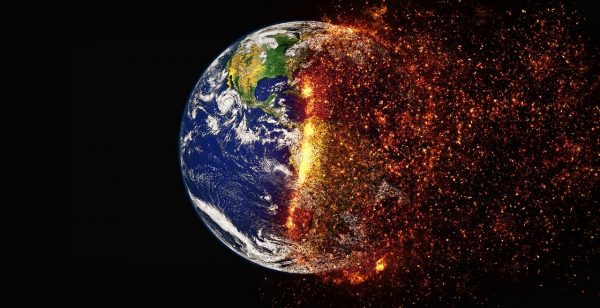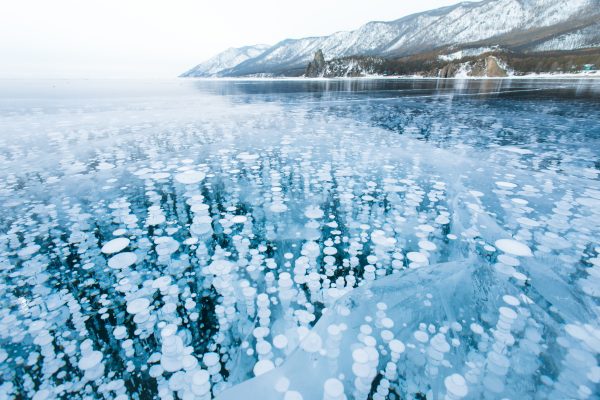WHAT IF: All the Ice Melts?
Every Wednesday, we’re asking a what-if question – how would our world be different if something were changed? Today’s question is from QSFer Scott: What happens if all the ice at the poles melts? Inspired by this article: Vanishing ice is warping Earth’s crust Share your serious scientific analyses, your off-color jokes, and random thoughts on the topic on our FB and MeWe Groups: FB: http://bit.ly/1MvPABV MeWe: http://bit.ly/2mjg8lf



